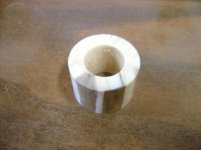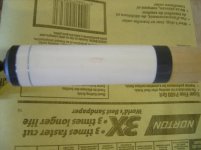Just wondering what if anything do cuemakers do to perserve the massive Ivory pieces used as handles or other large chunks of Ivory used in cues to eliminate any crazing or cracking down the road as is so commonly seen on old ivory balls ??
Do these Ivory handled cues need special temperature controls ??
Thanks in advance,,,,,,,,,,,Alan........
Do these Ivory handled cues need special temperature controls ??
Thanks in advance,,,,,,,,,,,Alan........

